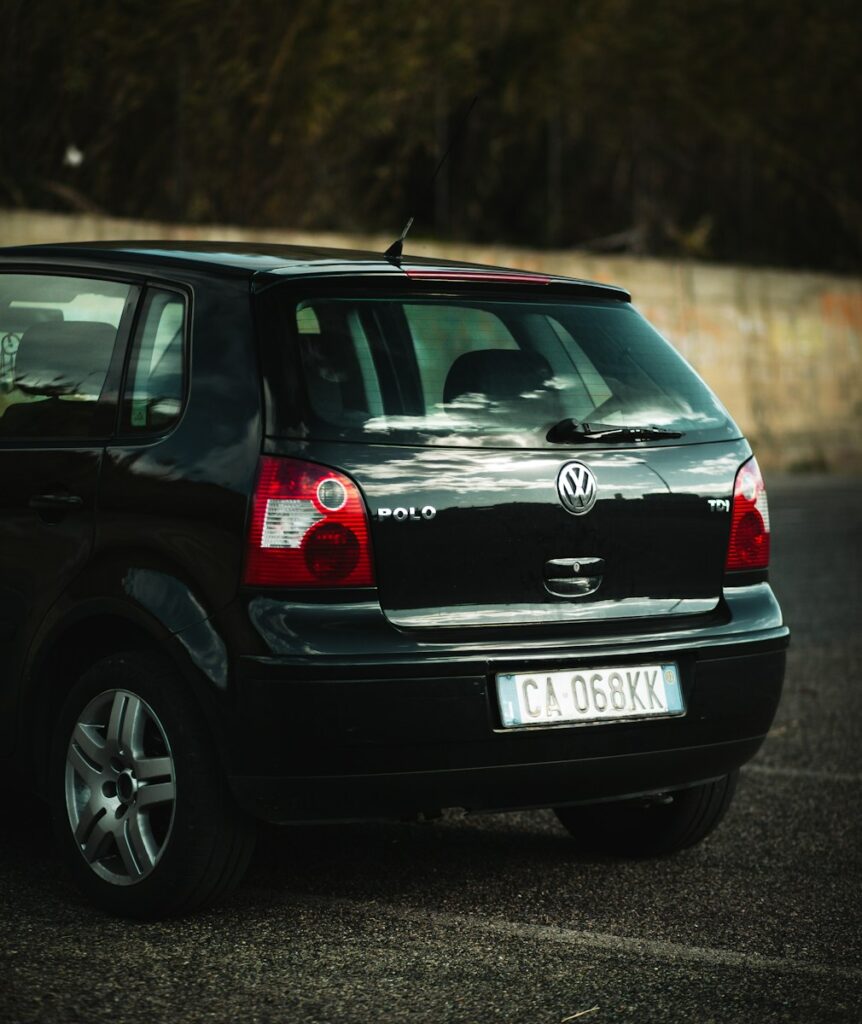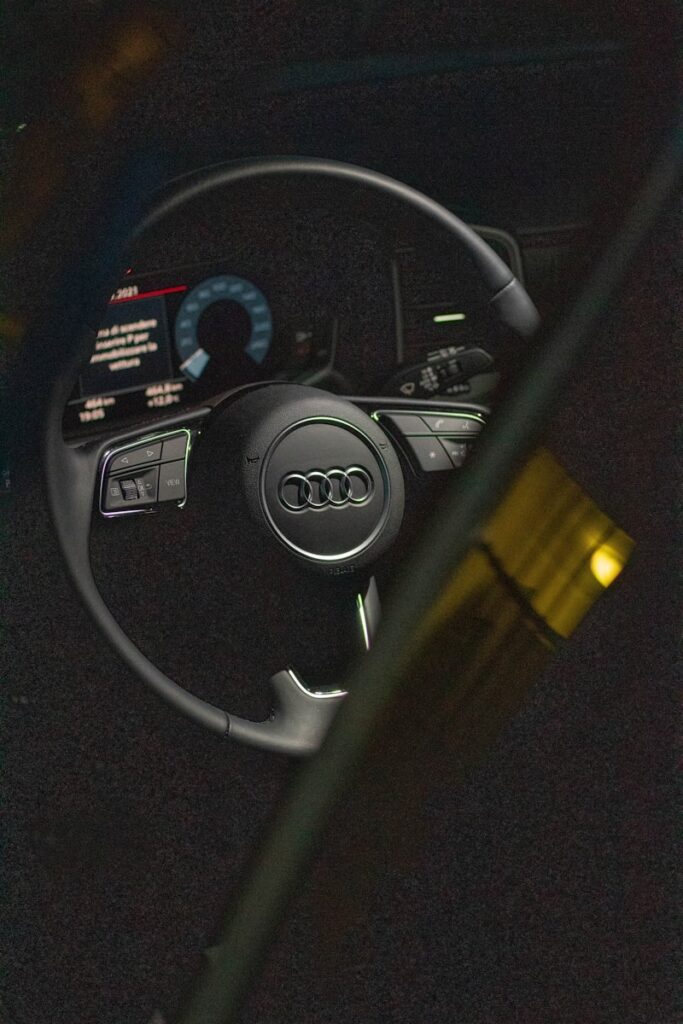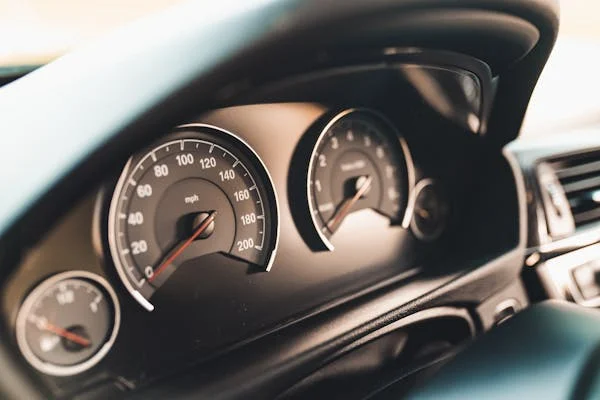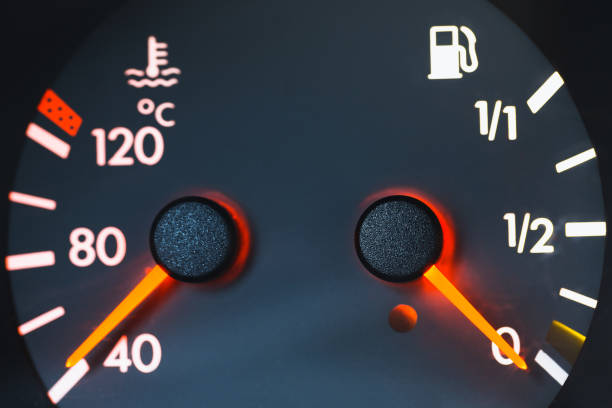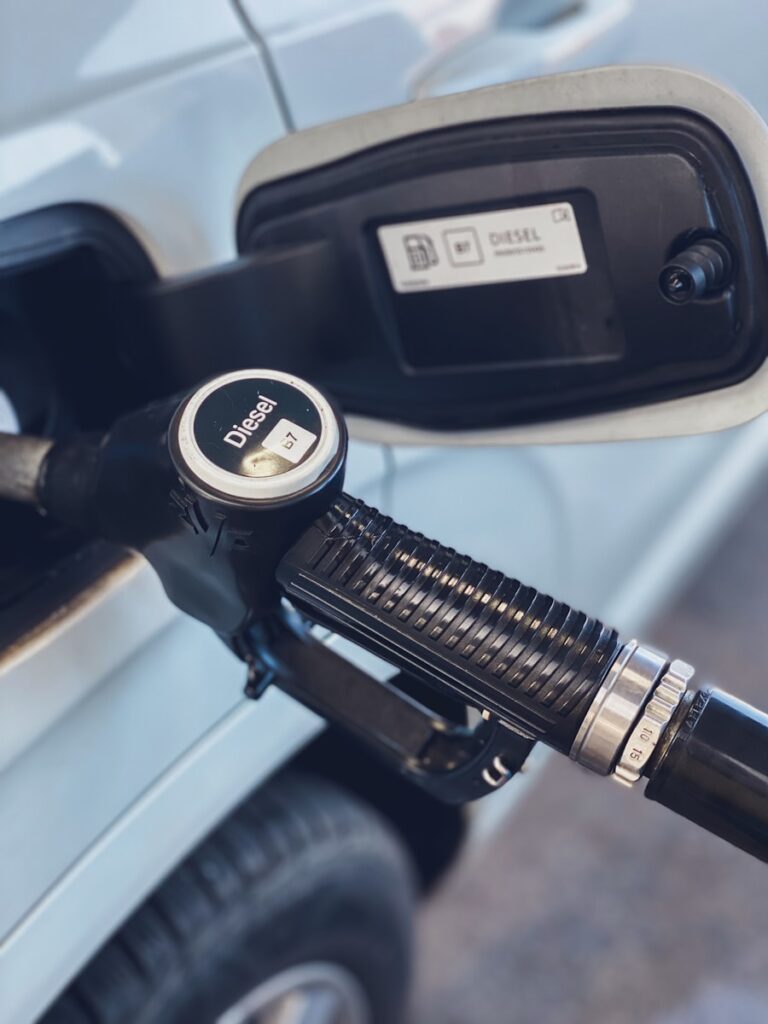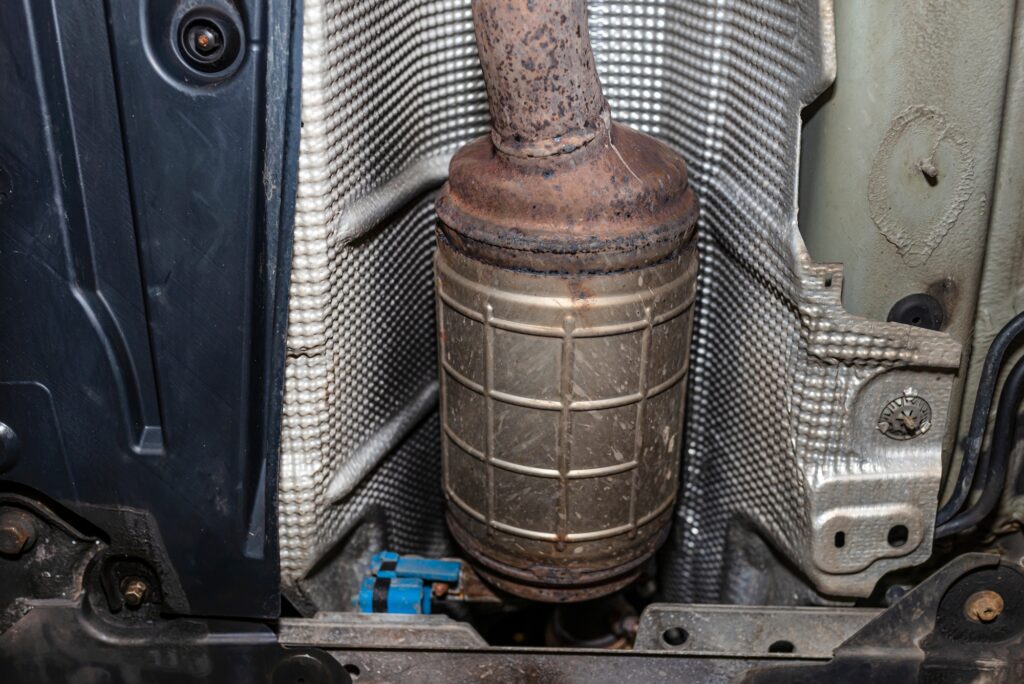Knowing how to calculate mileage in the UK isn’t just about numbers on a dashboard.
It’s about real money.
If you’re self-employed, run a business, or just want to squeeze more value from your car, understanding mileage data could be the smartest move you make this year.
Let’s keep it simple, no fluff, no jargon—just clear answers and real examples you can actually use.
What Is Mileage and Why Does It Matter?
Mileage means how far your vehicle travels.
There’s personal mileage—like picking up your kids. Then there’s business mileage—like heading to a client meeting.
Tracking mileage helps you claim expenses, pay the right tax, and stay legal with HMRC. If you’re mixing it up or guessing? You’re probably losing money.
UK Mileage Calculation Basics
HMRC pays out mileage allowance to cover fuel and running costs.
Here’s the basic rule:
-
45p per mile for the first 10,000 business miles
-
25p per mile after that
What counts as business mileage?
Trips for work—not your daily commute. Think: client meetings, supplier visits, or training events.
Mileage and fuel costs aren’t the same. You either claim mileage or fuel receipts—not both.
How to Calculate Mileage Manually
Use your odometer. Write down the number at the start and end of your trip.
Subtract the two numbers. That’s your mileage.
Record it in a trip log. Old-school, but works fine if you stay consistent.
How to Calculate Mileage with Google Maps or Apps
Open Google Maps. Type in your start and end locations. It shows the distance.
Apps make it even easier:
-
MileIQ
-
TripLog
-
Driversnote
Pros: Tracks automatically, sorts personal vs business, creates reports
Cons: Subscription cost, phone battery drain
Mileage Tracking for Self-Employed and Business Owners
Self-employed? Mileage can slash your tax bill.
You can claim back the cost of business miles using HMRC’s approved rates.
Keep good records—HMRC wants details:
-
Date
-
Distance
-
Where you went
-
Why
Using a personal car for work? You still claim mileage.
Using a company car? You’ll need to log exact fuel use and business vs personal split.
And yes, VAT can be reclaimed on fuel if you keep receipts and mileage records.
Real-Life Examples of Mileage Calculation
Example 1:
500-mile round trip to a client
500 × £0.45 = £225 claim
Example 2:
12,000 miles total
First 10,000 @ 45p = £4,500
Next 2,000 @ 25p = £500
Total: £5,000
Example 3:
150-mile supplier visit
Claim: 150 × 45p = £67.50
Tools to Calculate and Track Mileage
Pick what fits your style:
-
Apps like MileIQ or Driversnote
-
Excel templates (good for control freaks)
-
GPS devices in your car
All help you stay HMRC-compliant.
Financial Benefits of Accurate Mileage Data
Mileage isn’t just admin—it’s money.
Tax relief adds up fast.
Your employer might even reimburse miles.
Plus, it helps budget fuel use better.
Legal Requirements and HMRC Compliance
HMRC expects clear, complete mileage records.
If you mess up or miss data? You could be fined.
Keep records for at least 5 years if you’re self-employed.
How Mileage Data Impacts Fleet Management
Fleet owner? Mileage tracking saves serious cash.
You’ll catch cost leaks, improve route planning, and avoid surprise breakdowns.
Track your team’s driving and stay on top of vehicle health.
Environmental and Sustainability Impact
Track mileage = track emissions.
You’ll know which trips are worth it. And which cars guzzle fuel.
Good for your wallet, better for the planet.
How Mileage Data Helps Improve Driver Behaviour
Data doesn’t lie.
If someone’s taking detours or burning fuel fast, mileage logs show it.
Use it to cut fuel use and sharpen route planning.
Common Mileage Mistakes to Avoid
-
Estimating mileage from memory
-
Not tracking every business trip
-
Mixing up personal and business trips
Keep it clean and accurate, or risk losing claims.
How to Store and Backup Mileage Records
Use cloud-based tools.
Paper logs get lost. Apps store it all.
Make sure it’s accessible for HMRC checks. Excel files backed up to Drive or Dropbox work fine too.
UK Regulations You Need to Know
HMRC Mileage Allowance Payments (MAPs) are the standard.
If your employer pays less than 45p/mile? You can claim the rest.
VAT can be reclaimed, but only if you follow the rules and keep proper records.
FAQs About Mileage and Mileage Data
What is the HMRC mileage rate in 2025?
Still 45p for the first 10,000 miles, then 25p after that.
How do I claim mileage as a self-employed person in the UK?
Track every business trip. Total up miles. Multiply by 45p (or 25p if over 10k). File it in your Self Assessment.
Can I track mileage with Google Maps for HMRC?
Yes, but take screenshots or save trip logs. Proof matters.
How often do I need to record mileage?
Every time you make a business trip. Daily tracking is safest.
What’s the best mileage tracking app in the UK?
MileIQ and Driversnote are top choices. Both are HMRC-compliant.
Can you claim VAT on mileage?
Yes, if you buy fuel with VAT, keep receipts, and log miles accurately.
Final Thoughts: Mileage Isn’t Just Numbers, It’s Money
Track it. Claim it. Store it.
Use an app if manual logs are a pain.
Small habits here can mean big money back.

